Indian Festive Dresses: A Celebration of Culture and Style
Indian Festive Dresses: A Celebration of Culture and Style
India is a country with a rich and diverse culture, and this is reflected in the wide range of traditional clothing that is worn by people throughout the country. From vibrant saris to elegant salwar kameez, Indian festive dresses are an important part of the country's cultural heritage and are often worn to celebrate special occasions such as weddings, festivals, and religious ceremonies.
In this article, we will explore the different types of Indian festive dresses and the cultural significance behind them. We will also take a look at some of the latest trends in Indian fashion and how they are influencing the way people dress for special occasions.
Traditional Indian Festive Dresses
Saris
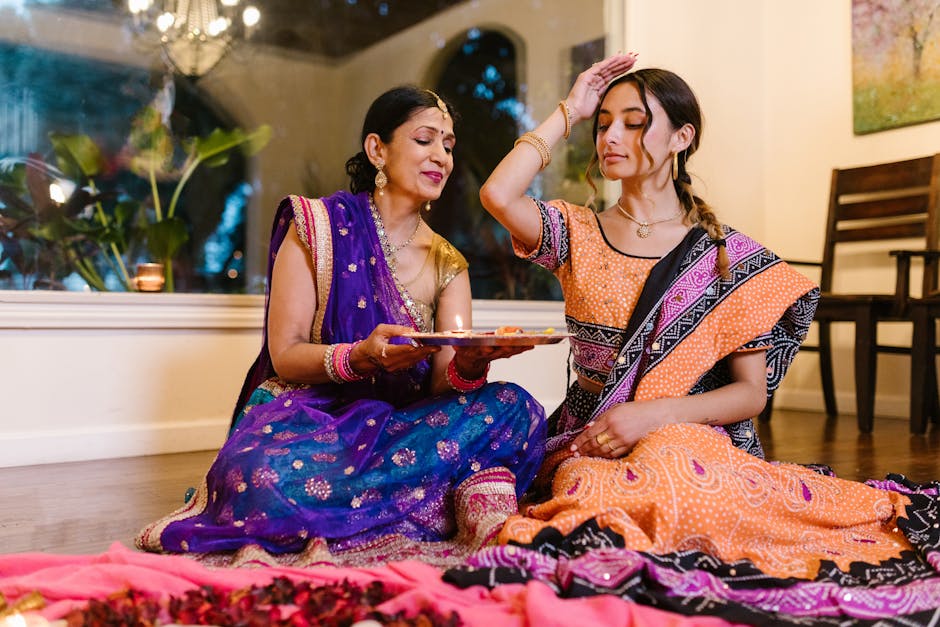
Photo by RODNAE Productions on Pexels
The sari is a traditional garment that is worn by women in India and other parts of South Asia. It consists of a long piece of cloth that is draped around the body and worn with a blouse and petticoat. Saris are usually made of silk or cotton and come in a wide range of colors, patterns, and designs. They are often adorned with intricate embroidery or beadwork and are a popular choice for festive occasions such as weddings and religious ceremonies.
Salwar Kameez

Photo by Qazi Ikram Haq on Pexels
The salwar kameez is another popular choice for festive occasions in India. It consists of a long tunic (kameez) that is worn with loose pants (salwar) and a scarf (dupatta). Salwar kameez come in a range of styles and designs and can be made from a variety of fabrics such as silk, cotton, and chiffon.
Lehenga Choli
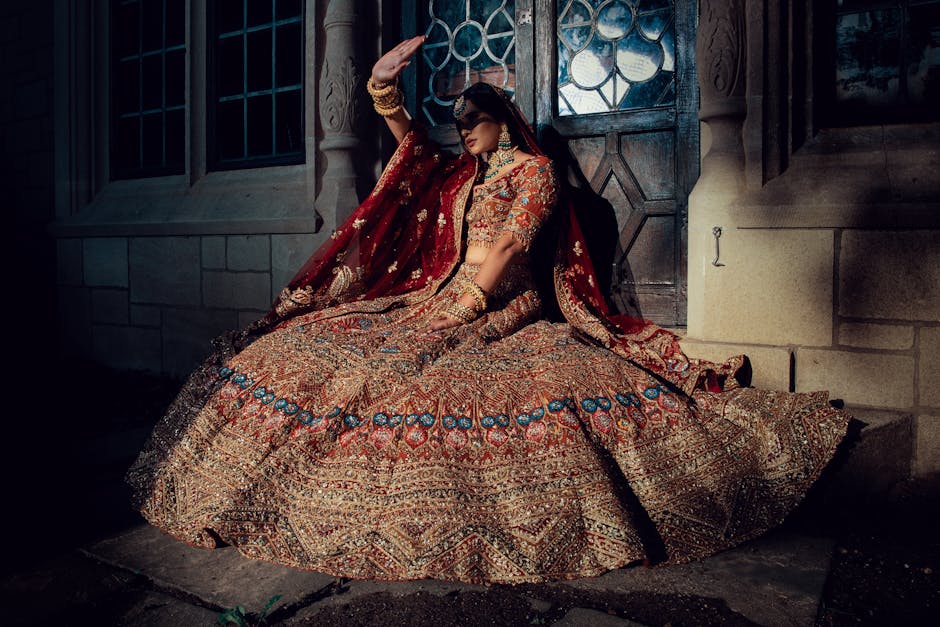
Photo by Gursher Gill on Pexels
The legging is typically made out of silk or cotton and can be short or long depending on the fashion silhouette being achieved.
They are attached to embroidered cholis (which are similar to a bodice) that come down over the legs and are belted for some shape.
The Kurti often has sleeves and is lined with either wool or flannel shirt material. It goes completely over the leggings and is secured by a belt-like structure.
This elegant combination was popularized in India and has since been adapted to many different cultures due to its ease of use and versatility.
The lehenga choli is a traditional garment that is worn by women in India and is especially popular during festive occasions such as weddings and religious ceremonies. It consists of a long, full skirt (lehenga) that is worn with a fitted blouse (choli) and a dupatta. Lehenga cholis are often adorned with intricate embroidery or beadwork and come in a range of colors and styles.
Sherwani
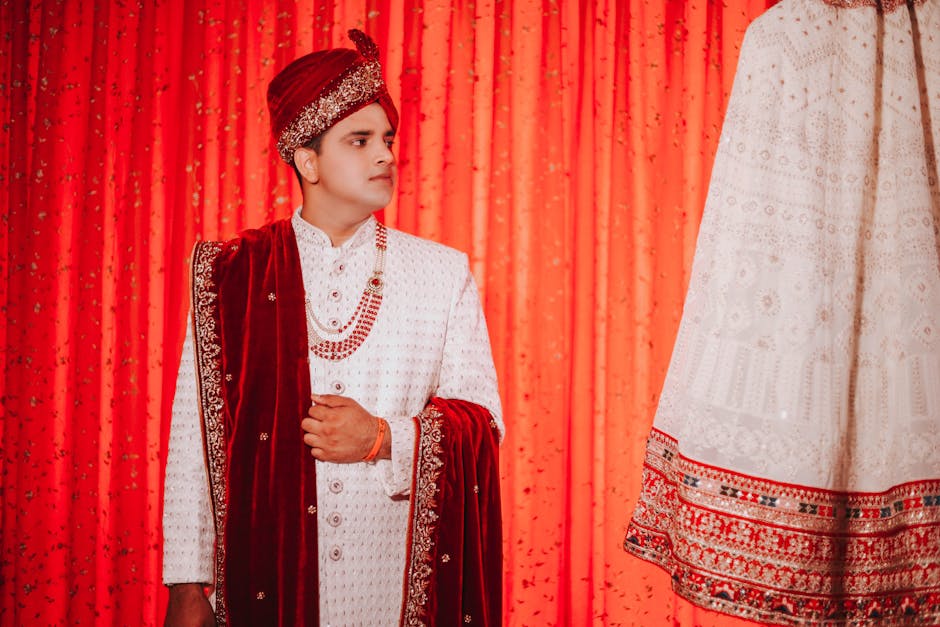
Photo by DreamPix Photography on Pexels
The sherwani is one of the most iconic dress styles in India. It was first popularized during the British Empire when they would use it to describe an expensively tailored coat or jacket.
Since then, it has been adapted and reinvented many times. Some reinterpret it as just a long shirt with a collar, while others add cuffs and sleeves. Others take away the shalwar (sarape-style pants) and put a pair of tight trousers under it!
There are so many variations on this classic look that it can almost seem like there’s never truly “the right way” to wear a sherwani. That is part of its appeal!
In some cultures, such as those in South Asia, wearing something new is very important. This applies not only to fashion but also to culture. Changing what you wore could be because of tradition, season, or both.
Another reason to admire the sherwani is how versatile it is. Even though it may have started out looking similar to a leather jacket, it now can easily be dressed up or down.
Kurta Pajama
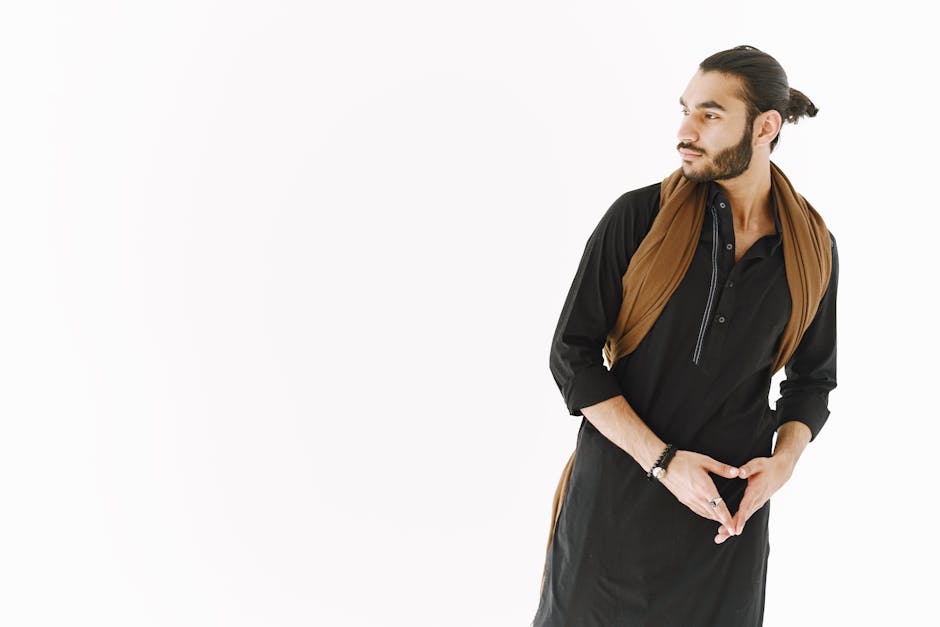
Photo by Gustavo Fring on Pexels
These are perhaps one of the most recognizable dress codes in India. A kurta pajama typically consists of a long, loose-fitted shirt that is belted at the waist and pants attached to it. The shirt can be plain or patterned, but they are always made from cotton or silk material.
The shirt usually has some type of design or emblem put into it which makes it unique. For example, many use an embroidered circle for their chest as symbolizing death and rebirth of life. Others may have patterns or pictures which relate to Anant Chaturdasi, a Hindu festival where people worship the sun.
Overall, these dresses are very versatile and can be worn with either leather shoes or sandals! They are also quite casual and comfortable to wear. If you like this style, then do not hesitate to source one new or old to add more depth to your collection.
Modern Trends in Indian Festive Dresses
As we all know, clothing is a form of expression. What you choose to wear says a lot about who you are and what you like.
Clothing can be expensive if not done properly. Buying cheap or low-cost clothes that are poorly made will only waste your money. This also may look funny to you.
When it comes to festive dresses, there are many styles available. These include salwar Kurtis, lehengas (traditional Indian dress), saris, and more!
Many people associate Indians with wearing heavy make-up and jewelry, but this is not always the case. Some natives prefer simple looks that do not require too much work or time to put together.
This article will talk about some popular festive dress types as well as some interesting trends in modern-day Indian festive dresses.
In recent years, there has been a growing trend toward mixing traditional Indian clothing with modern styles and silhouettes. Many designers are now incorporating traditional Indian fabrics and motifs into their collections, creating a fusion of East and West.
Indo-Western Dresses
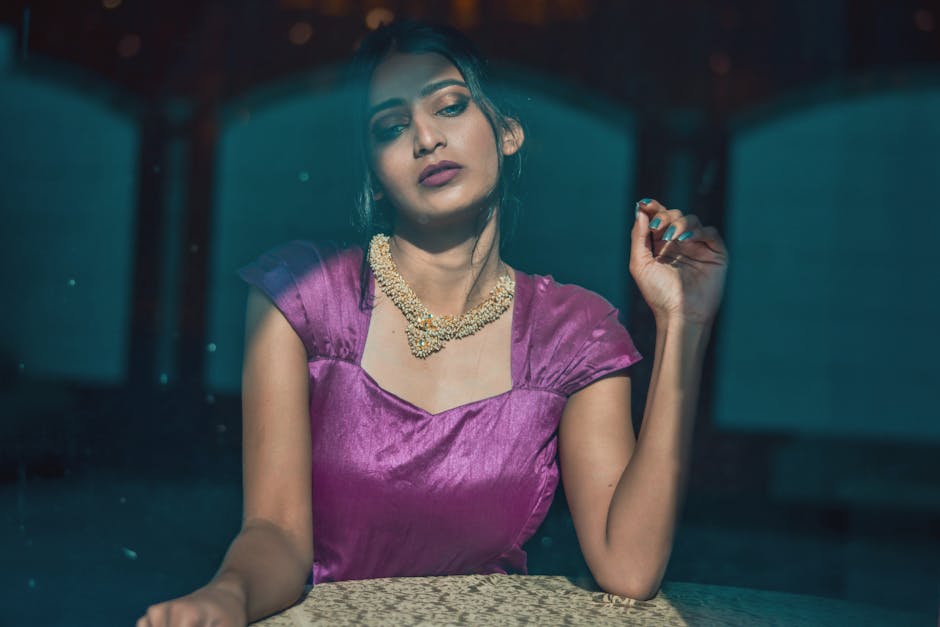
Photo by HARSH KUSHWAHA on Pexels
The western dress has inspired many looks in fashion, especially for women. Many studies have shown that people tend to imitate what they see frequently so it is no surprise that similar designs have cropped up across cultures.
One such style comes from India where designers mix classic silhouettes with rich materials and embroidery. These are called indo-western dresses because they combine traditional clothing styles with western influence.
Some examples of this include kaftans which are like long shirts or sweatshirts and dupattas which are loose-fitting shirts. Both of these are typically lined with silk or other heavy material and sometimes have lace or patterned fabric.
Saris are another common component as well as shawls and other types of cloth used to make decorations. All of these components come together to create an elegant look that can be mixed and matched depending on the situation.
Fusion Wear
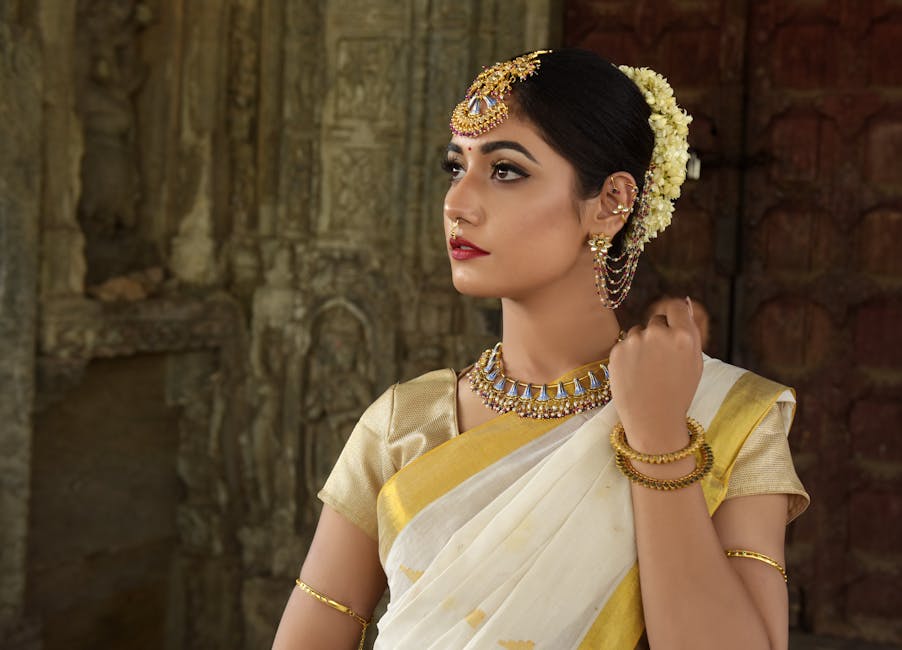
Photo by Manjeet Singh Yadav on Pexels
In fashion, fusion means incorporating elements from different cultures or styles into one piece to create something new that is unique. With fusions, part comes down to personal preference as to whether it looks good or not! Some people may even consider it trendy.
Indian culture has always incorporated influences from other cultures. This is due to many factors- traveling for business, trade routes, exposure to various cultures, etc. So, incorporating some ethnic themes into your own style is very natural and authentic!
Festive dresses are a classic way to celebrate the season. They are typically white or cream in color with matching or contrasting trims and jewelry. When you add an element like a sari to the dress, this look is called a fusion dress.
Saris are beautiful garments that come in many sizes and shapes. There are also several types of saris such as short sleeve, long sleeve, circle neckline, off the shoulder, and more.
What makes a sari fit for festive wear is determined by the type and length of fabric, the waistline size, and the decorations used. For example, longer, thinner saris are perfect for winter use because they will keep you warm while allowing some breathability.
The Cultural Significance of Indian Festive Dresses
As seen from the outside, India is an extremely diverse country that boasts a rich culture. One area where this diversity shines is in their clothing. There are many different cultures around the world that celebrate new beginnings by changing what they wear for special occasions.
India is no exception to this rule. Many people may not know how popular it has become within the fashion industry as of late-Indian festival dresses! These festive looks have become very common and can be found at both private and public events.
There are several reasons why these sorts of dress codes emerge during festivals in India. Some say that it is due to the influence of other countries, while some believe it is just a natural way to dress. No matter which one you agree with, celebrating your next big event in style is always nice.
In this article, we will talk about the cultural significance of Indian festival dresses and some examples of them from real life. Then, we will discuss some tips on how to make your own look similar to ones that are already famous.
Conclusion: Celebrating Culture and Style with Indian Festive Dresses
As seen in the article above, there are many ways to celebrate culture through fashion. There is no wrong way to dress up if you want to look fashionable! If you love ethnic clothing, then buying new clothes that are designed with inspiration from India or other cultures is an excellent way to start investing in your style.
There are several online sites where you can find lots of beautiful Indian festive dresses for all occasions. Many of these sites have you create an account that allows them to track your spending so they can help direct you toward items that are within budget.
They also offer VISA gift cards as payment methods which can be helpful for those who are not quite ready to spend money just yet.
Comments
Post a Comment